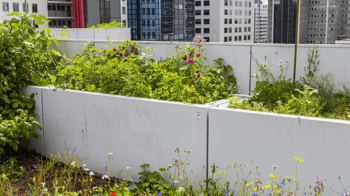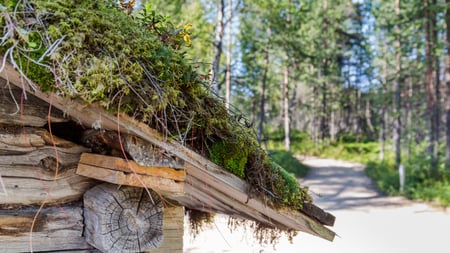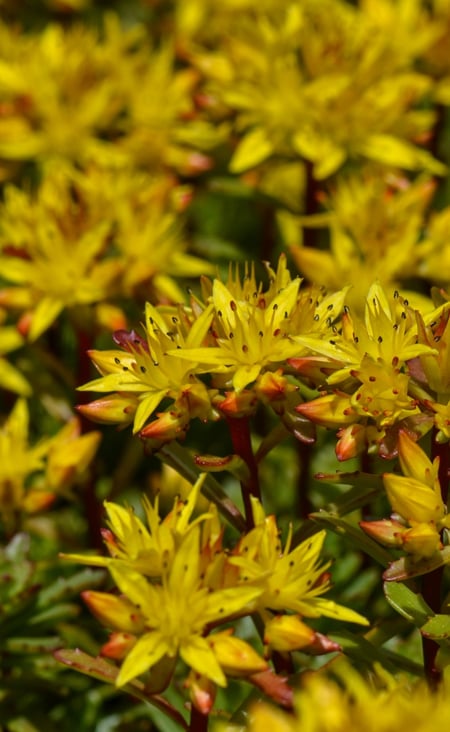
Building a green roof is a complex process that involves many stakeholders and experts. Here’s a quick breakdown of whom you can expect to work with on a green roof project.
So you’re ready for a green roof.
Maybe you’re in it for the energy savings. Perhaps you dream of taking your weekend cocktail on a rooftop patio surrounded by cute little plants. Maybe you just live for those bucolic duck moments … 40 stories up.
We’re cool with any and all of that – and we’d love to help.
First, though, it’s important to understand how the process works and who’s involved. Let’s take a look now.
The No. 1 Stakeholder: You, the Client
 First and most importantly, there’s the client. Chances are, dear reader, that’s you. (Although we welcome landscape architects, designers and civil engineers with open arms.)
First and most importantly, there’s the client. Chances are, dear reader, that’s you. (Although we welcome landscape architects, designers and civil engineers with open arms.)
The client explains their desires, sets the tone for the project and offers input at every step of the way, from the initial consultations through building and up to final completion of the rooftop.
Typically, although they might hire an outside designer, they bring Ecogardens (we usually work in a building capacity) in at the earliest stages to ensure we’re all on the same page.
Who Else Is Involved in Building a Green Roof?
 In addition to the client, there are several other parties involved in the building of a green roof, including:
In addition to the client, there are several other parties involved in the building of a green roof, including:
- An architect, if it’s a new building that we’re putting a green roof on
- A landscape architect to design the layout of the roof and/or gardens
- A civil engineer to determine the viability of the project and advise on stormwater management
- A building envelope consultant for new buildings, to make sure the structure is adequately protected from the roof on top (and from the elements) through waterproofing and other roofing structures
- A municipal entity to help with the permit process, related to both building and stormwater management
- Green roof consultant or builder (again, that’s what we do!)
How Long Is the Process?

If it’s a big building we’re talking about, the project may commence years in advance of the build. High-rise buildings are an 18-month build from breaking ground to completion. The longer the lead time, the better everyone will be able to do what they need to do and get done in less rushed fashion.
If it’s a small residential green roof, we’ll likely get going in only a few months or so.
One the green roof is completed, the installing contractor usually takes over maintenance for the first year or so as part of the warranty. After that, though, the client has to provision for stewardship over the remaining life of the green roof.
Many people forget this step, especially for extensive green roofs. These shallow ecosystems, which are built for stormwater management rather than a lush garden feel, tend to be out-of-sight-out-of-mind. That’s a mistake, because without careful maintenance, they quickly lose their stormwater benefits. Not to mention issues like:
- Tree seedlings growing into the waterproofing layer and causing leaks
- Weeds growing up and outcompeting green roof plants
- Nutrient deficiencies
- Death! And no one wants that
Hint: If you’re a client, make sure you figure out who will take care of your rooftop well in advance of the completion date! Even if your city doesn’t require it (which most cities don’t, though DC makes a notable exception), you need to. That way you can avoid green roof first aid down the road and get the most benefits out of your rooftop.
How to Get Started on a Green Roof Project Today
Ready to learn more about green roofs and what they can do for you? We invite you to get in touch to ask more questions about a green roof team and/or start planning!

